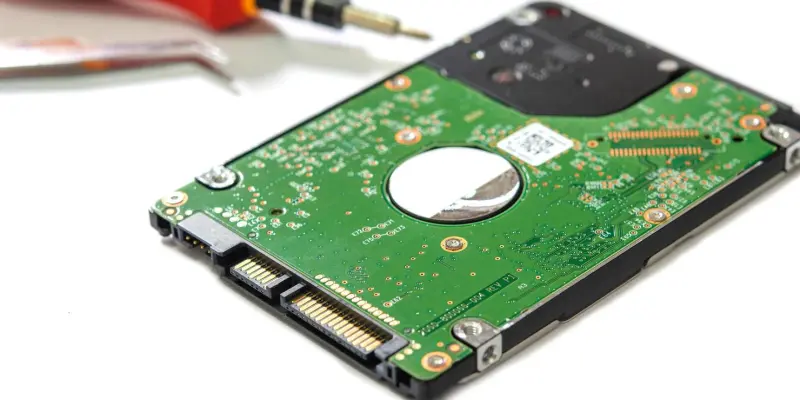Sandisk, once part of Western Digital, is charting a new path in the realm of data storage technology with the announcement of its groundbreaking Stargate SSD architecture. This architecture is poised to dramatically enhance storage capabilities thanks to its ambitious target of introducing a 512TB solid-state drive by 2027. As demands for storage surge, driven by the need for more extensive datasets required by artificial intelligence and chatbot technologies, Sandisk aims to address these demands with advanced solutions. At the heart of this innovation is their novel controller architecture and ASIC design. These critical components, while not fully detailed, promise to redefine the landscape of enterprise storage solutions. Under the leadership of CEO David Goeckeler, Sandisk is laying the groundwork for significant shifts in how data will be stored and accessed in the near future.
Technological Advancements and Roadmap
Sandisk has unveiled a comprehensive roadmap that emphasizes not only near-term deliverables but also a strategic long-term vision for the future. The company’s strategy involves launching a 128TB drive this year, followed by a 256TB drive scheduled for release in 2026. Highlighting their commitment to pushing technological boundaries, this roadmap sets the stage for an ambitious leap to a 1 petabyte drive, underpinning Sandisk’s commitment to addressing exponentially growing storage needs. Importantly, the Stargate architecture aims to enhance the existing Ultra QLC platform. With substantial improvements in read and write capabilities, the drives promise to push the limits of performance, offering value to enterprises that require robust data management solutions. This technological evolution also aligns with broader industry trends, where cutting-edge infrastructure is becoming increasingly vital.
Focus on Enterprise Solutions
Unlike traditional SSDs meant for consumers, which usually max out at eight channels, the Stargate architecture is crafted to cater to sophisticated enterprise-level environments. The integration of PCIe Gen5 and the forthcoming PCIe 6.0 standards highlights Sandisk’s dedication to offering cutting-edge technology tailored to enterprise needs. This strategy aligns with the increasing demand for high-performance, large-capacity storage solutions, crucial as companies grow more dependent on digital infrastructure for their everyday operations and innovative projects. By aiming at the enterprise market, Sandisk is situating itself as a key player, ready to provide businesses with the tools necessary for competing in the digital age. Looking ahead, Sandisk’s aim for a 512TB SSD by 2027 transcends a mere technical milestone, showcasing an acknowledgment that future storage solutions must incorporate capacity, speed, and reliability. This foresight is vital in an industry that thrives on continuous innovation and agility. As Sandisk forges its path, the Stargate project reflects its pledge to not only fulfill but anticipate and surpass market expectations, further establishing its impact in the shifting world of data storage.

